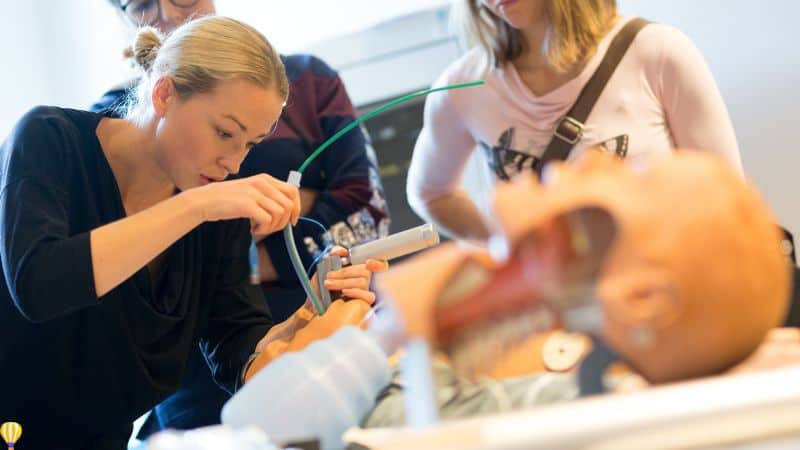For the past two decades, I’ve been at the forefront of training leaders, crafting programs that deliver real results.
In 2023, we launched Strategic Learning Consultants, Inc. Our goal? To help our clients skyrocket their outcomes by tenfold.
In this series, I’ll pull back the curtain on effective leadership training. I’m excited to share the insights and “secrets” that have powered successful leaders and organizations.
Stay tuned as we dive into the strategies that can transform your leadership skills and amplify your impact.
The Need for Training
Picture this: you’re a leadership trainer ready to deliver a workshop. You look out over a room full of leaders from different departments, each with their challenges and goals. You start with your planned material, but quickly notice that while some are nodding along, others look lost or disinterested.
It’s a common scene—one that shows the struggle of using a one-size-fits-all approach in training.
Your main goal? To make sure the training you provide isn’t just informative, but also relevant and impactful. It should help leaders tackle their real-world challenges.
As a trainer, your job isn’t just to cover basic topics; it’s to dive deep into the organization’s culture, understand the nuances, and tailor your sessions so they hit home.
A successful training session means that leaders can walk away with practical tools they can immediately apply. The focus should be on creating noticeable change in their day-to-day work, not just filling their heads with theory.
But here’s the snag: often, training just scratches the surface. Many programs throw generic leadership advice at a diverse group and hope something sticks. They talk about communication or decision-making without connecting these skills to the leaders’ actual jobs. This can make the training feel irrelevant and waste everyone’s time and energy.
Training As Solutions
Leaders need solutions tailored to their unique situations. For example, what a sales team leader needs can be completely different from the needs of someone heading up a tech team. When training misses these distinctions, it fails to make any meaningful difference.
Effective leadership training has to be customized. This is especially true in places like the Philippines, where cultural factors heavily influence how leadership roles are perceived and enacted. Understanding these local dynamics is crucial to creating training that resonates and truly helps leaders grow.
You need to dig deeper. This means moving past one-size-fits-all solutions and getting to know the specific needs of each leader you train. It involves a lot of listening—through one-on-one chats, team discussions, and careful observation.
Yes, it’s more work to tailor training like this, but it’s also the only way to ensure your sessions really matter to those attending them. This means your training won’t just be listened to; it’ll be absorbed and put into action.
Assess Leadership Needs
What’s the first step? Start with a thorough assessment of leadership needs. Talk to leaders at every level, gather their insights, and understand their challenges. Use tools like surveys, interviews, and even informal coffee chats to get a clear picture.
Then, take what you learn and use it to shape your training sessions. Make sure each one addresses the actual issues these leaders face. Bring in examples and case studies from within their own culture and environment, making every lesson relatable and grounded in their reality.
And don’t forget to keep adapting. The best trainers know that feedback is gold. It helps you tweak and improve your sessions continuously, so they always meet the evolving needs of the leaders you’re helping to grow.
Dive into this journey with a commitment to truly understanding and addressing the needs of your leaders. When you do, you’ll see just how big an impact the right training can have.
Step 2: Set Clear Objectives



